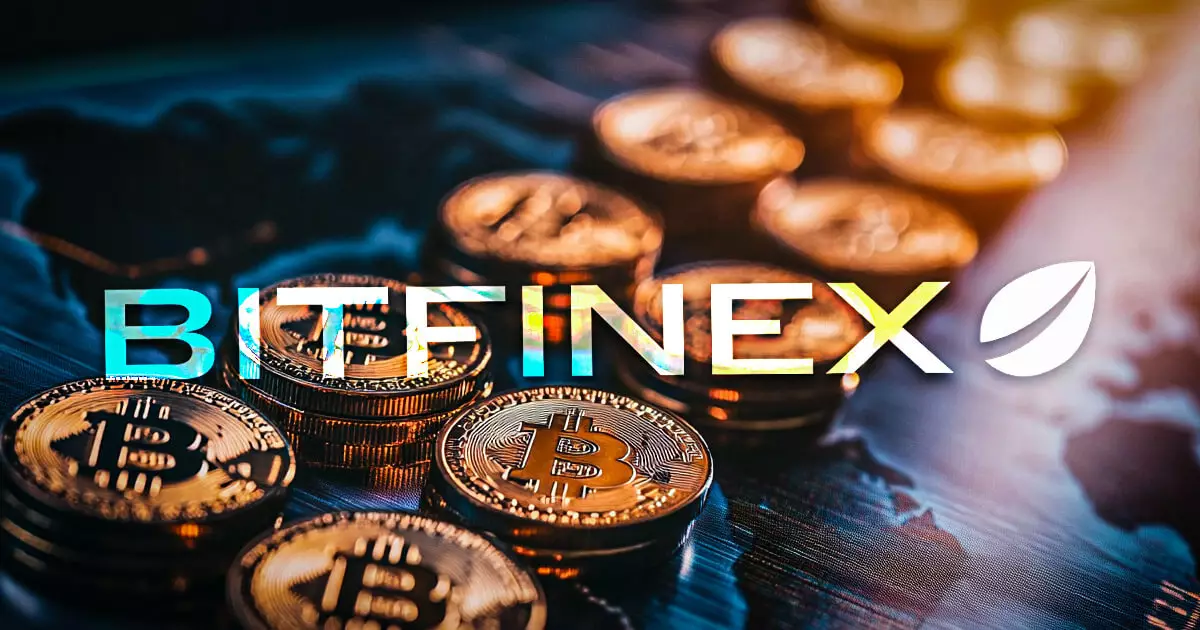In a significant move for the cryptocurrency landscape, the United States government has directed that 94,000 Bitcoin (BTC) previously seized as part of the investigation into the notorious 2016 Bitfinex hack be returned to the exchange. This decision, stemming from the ongoing legal proceedings related to the high-profile case, underscores a key finding: the court recognized that, for the specific offenses tied to this incident, there were no victims outside of Bitfinex itself. This conclusion allowed for the reinstatement of seized assets from the so-called “Bitfinex Hack Wallet,” cementing Bitfinex’s position as the sole entity directly affected by the criminal acts.
Notably, the ruling follows a filing by the Department of Justice (DOJ) from October 9, 2024, which only identified Bitfinex as a victim in this scenario. Despite efforts made by the DOJ to uncover other potential victims, no other claims were presented, leading to the firm issuance of the restitution order. This lack of engagement from the wider cryptocurrency community raises questions about victimization within this digital landscape. It suggests that many users who were affected by the hack may have either accepted the losses or lacked the necessary means or motivation to seek restitution.
The restitution order is inherently linked to the plea agreements of Ilya Lichtenstein and Heather Morgan, who were charged with conspiring to launder the stolen Bitcoin. Their guilty pleas came after an extensive investigation that revealed the couple was trying to profit from the theft of nearly 120,000 BTC valued at approximately $71 million at the time of the heist. The criminal proceedings have concluded for these individuals, with Lichtenstein receiving a five-year prison sentence and Morgan, an 18-month sentence. Their case serves as a reminder of the risks and regulatory scrutiny associated with crypto investments and crimes.
This situation also highlights past ramifications for Bitfinex’s user base. Following the 2016 breach, the exchange was left little choice but to slash user balances by 36% as a means of compensation. To offset the loss, Bitfinex initiated the issuance of a token called BFX, equivalent to the US dollar, which users could utilize to recover some of their losses. It is important to note that all outstanding BFX tokens were fully redeemed by April 2017, highlighting the exchange’s efforts to rectify the financial damage inflicted upon its customers.
In a further indication of financial recovery, Bitfinex recently received a monetary boost of over $312,000 and approximately 6,917 Bitcoin Cash (BCH) from the Department of Homeland Security, an amount set aside to assist users holding Recovery Right Tokens (RRT). Additionally, the exchange aims to allocate up to 80% of any leftover assets to UNUS SED LEO (LEO) token holders over the next 18 months.
This series of developments marks a crucial intersection of law, finance, and digital security in the high-stakes world of cryptocurrency. As the Bitfinex saga unfolds, it will undoubtedly influence future regulatory approaches and the handling of digital currency thefts. Understanding these implications becomes increasingly vital for users, regulators, and investors in navigating the complexities of the evolving crypto environment.














